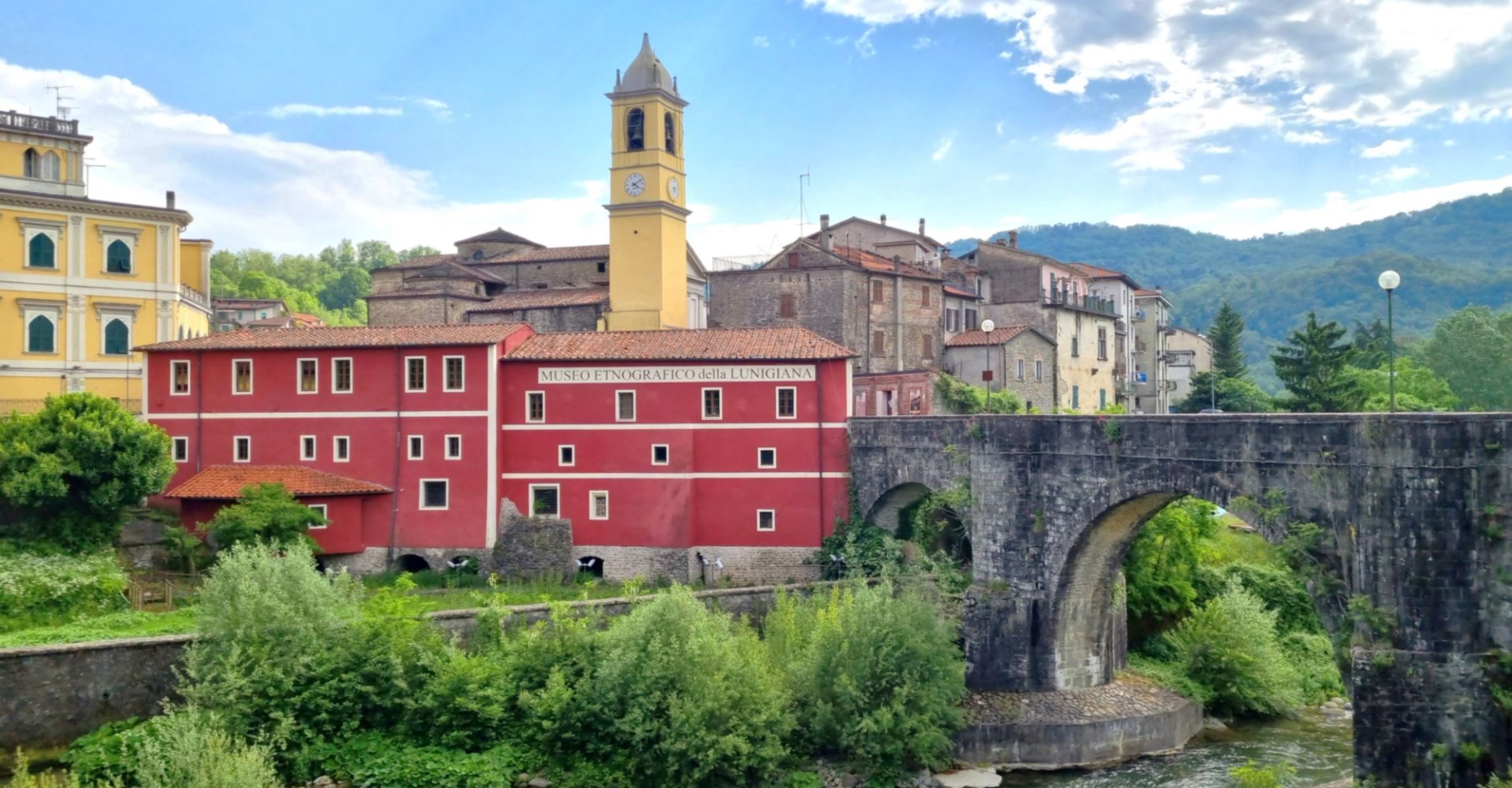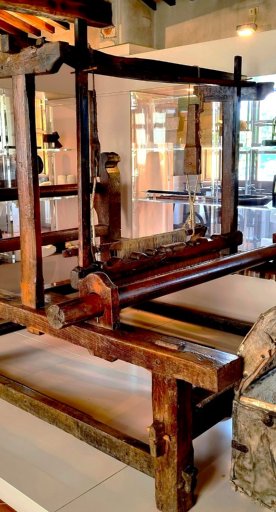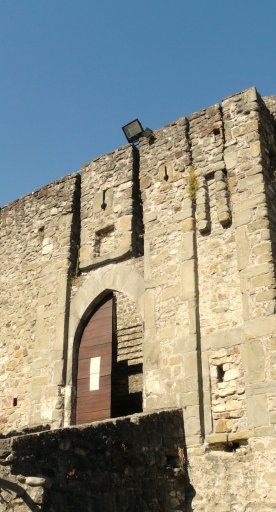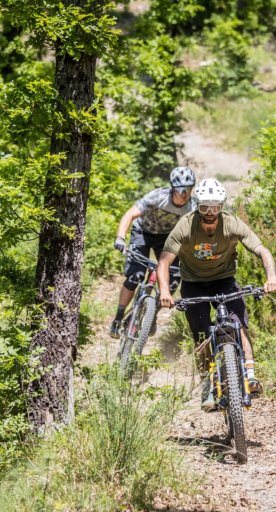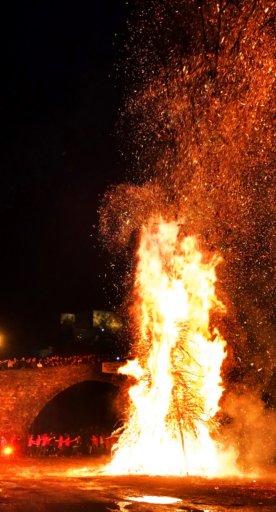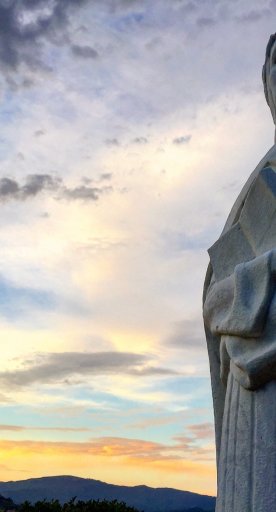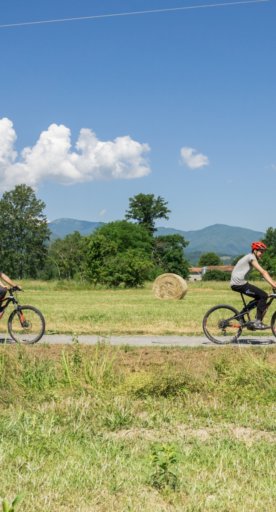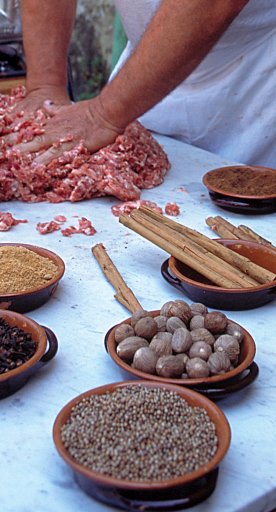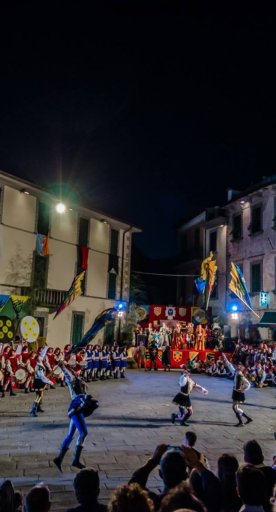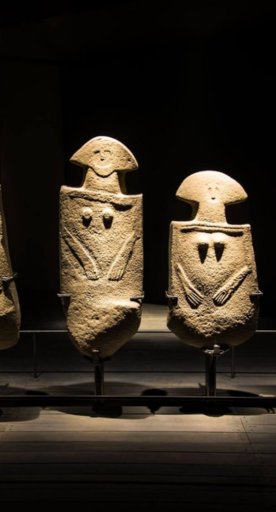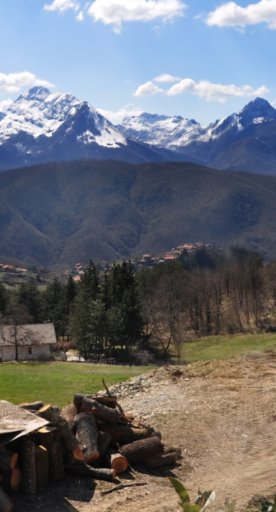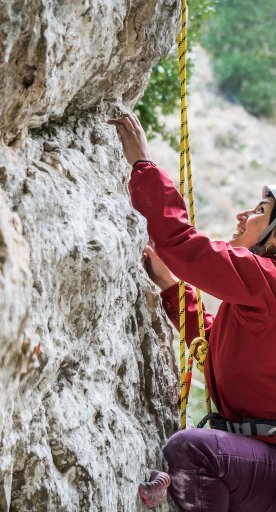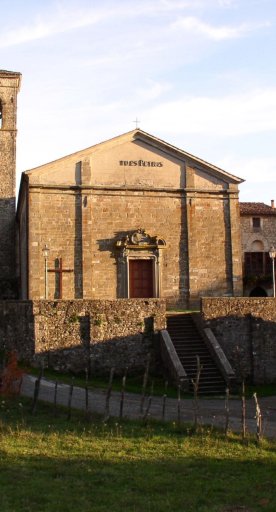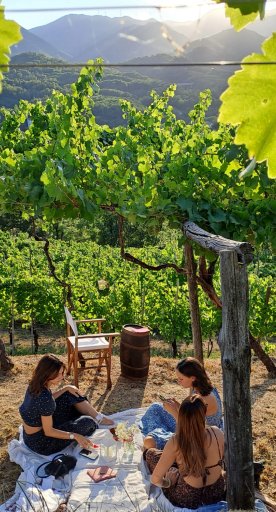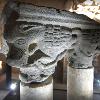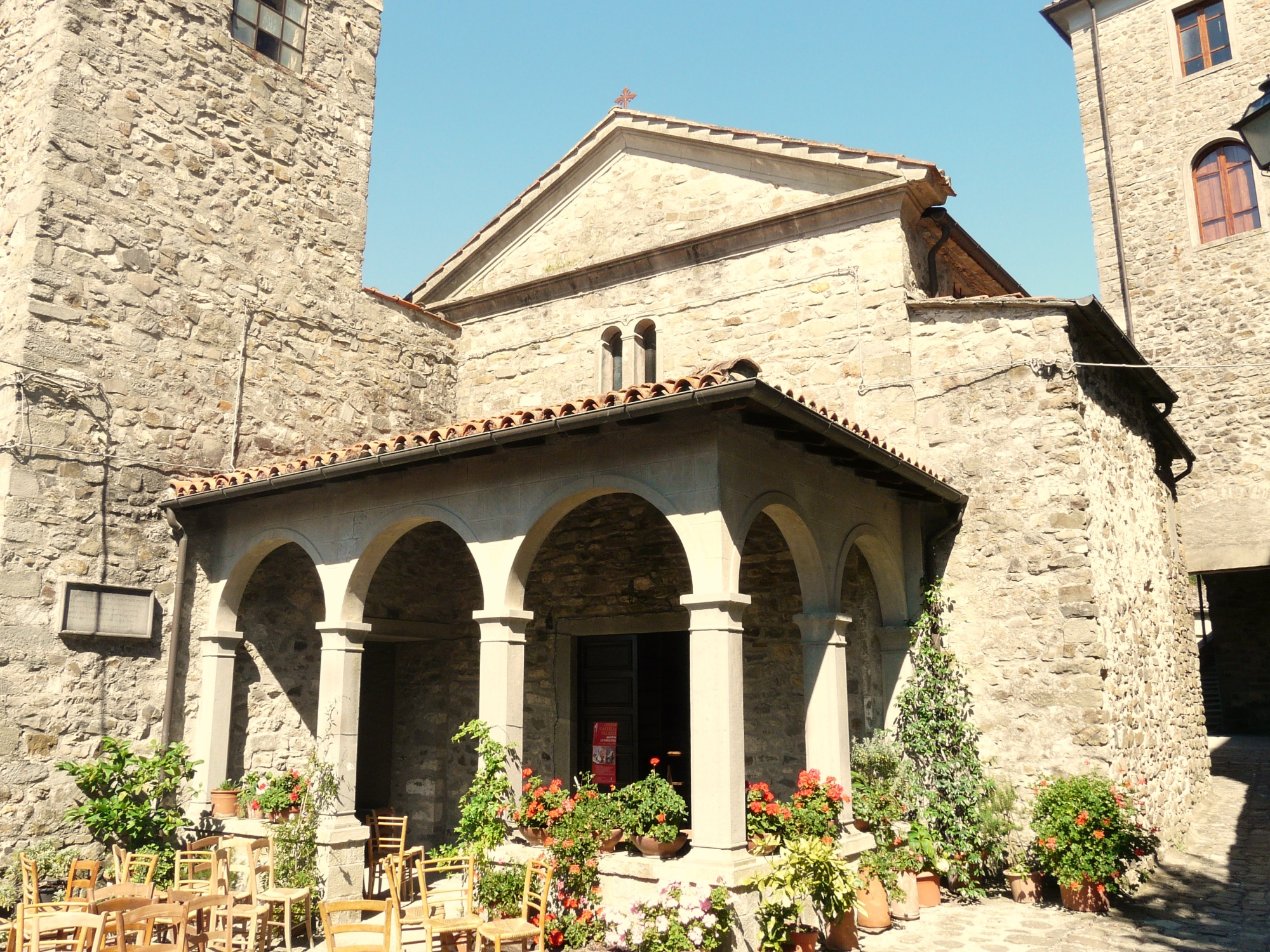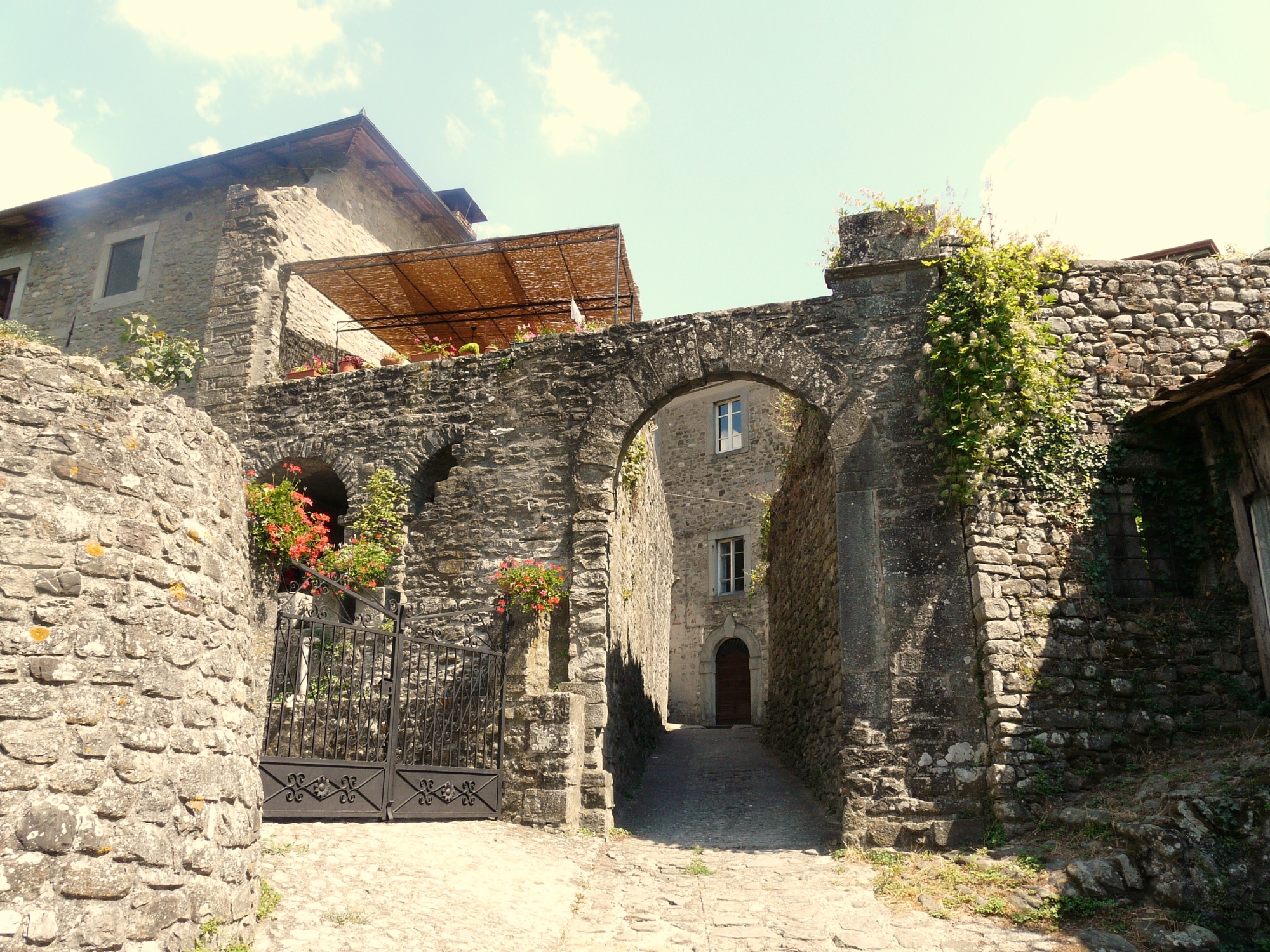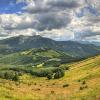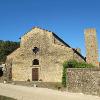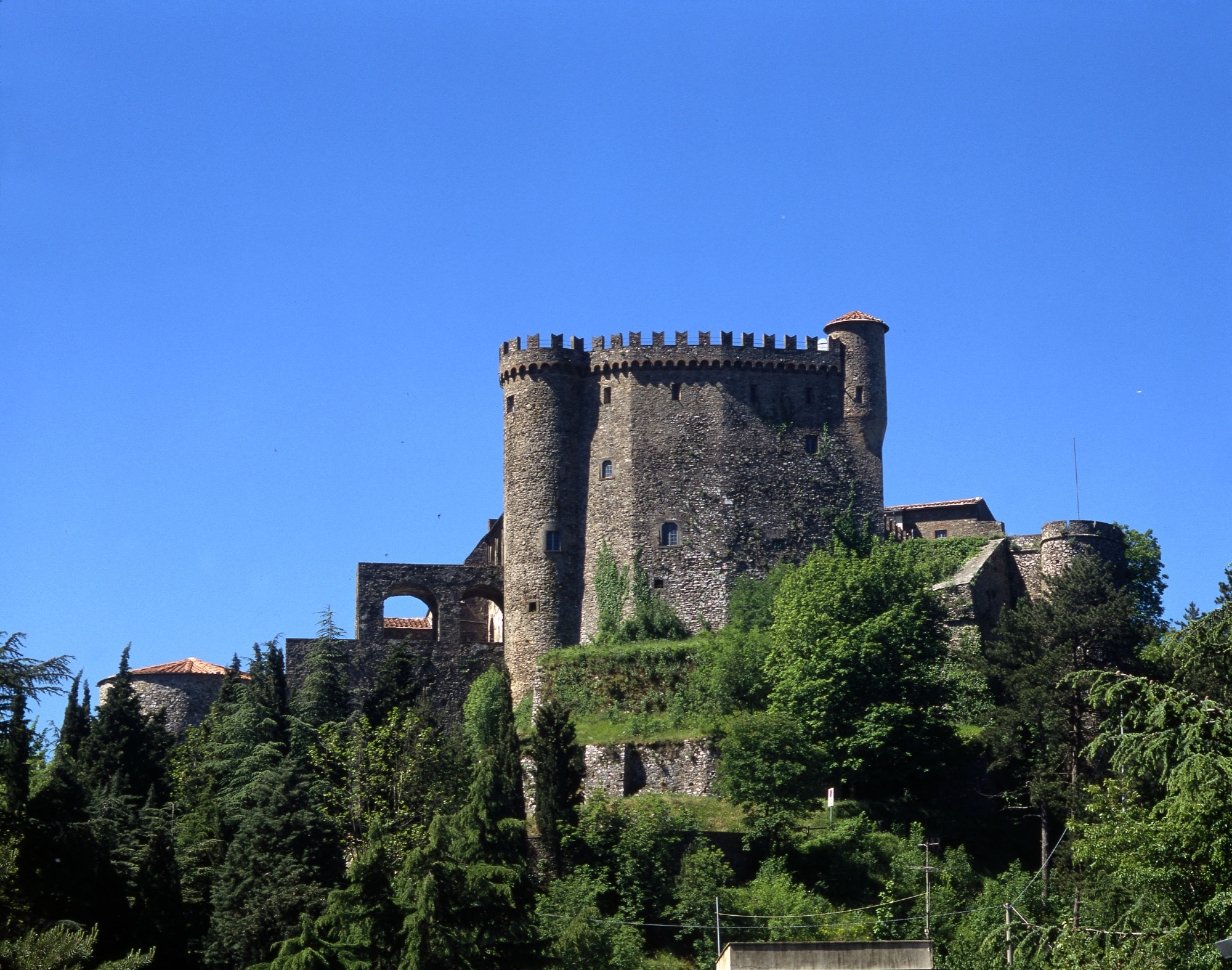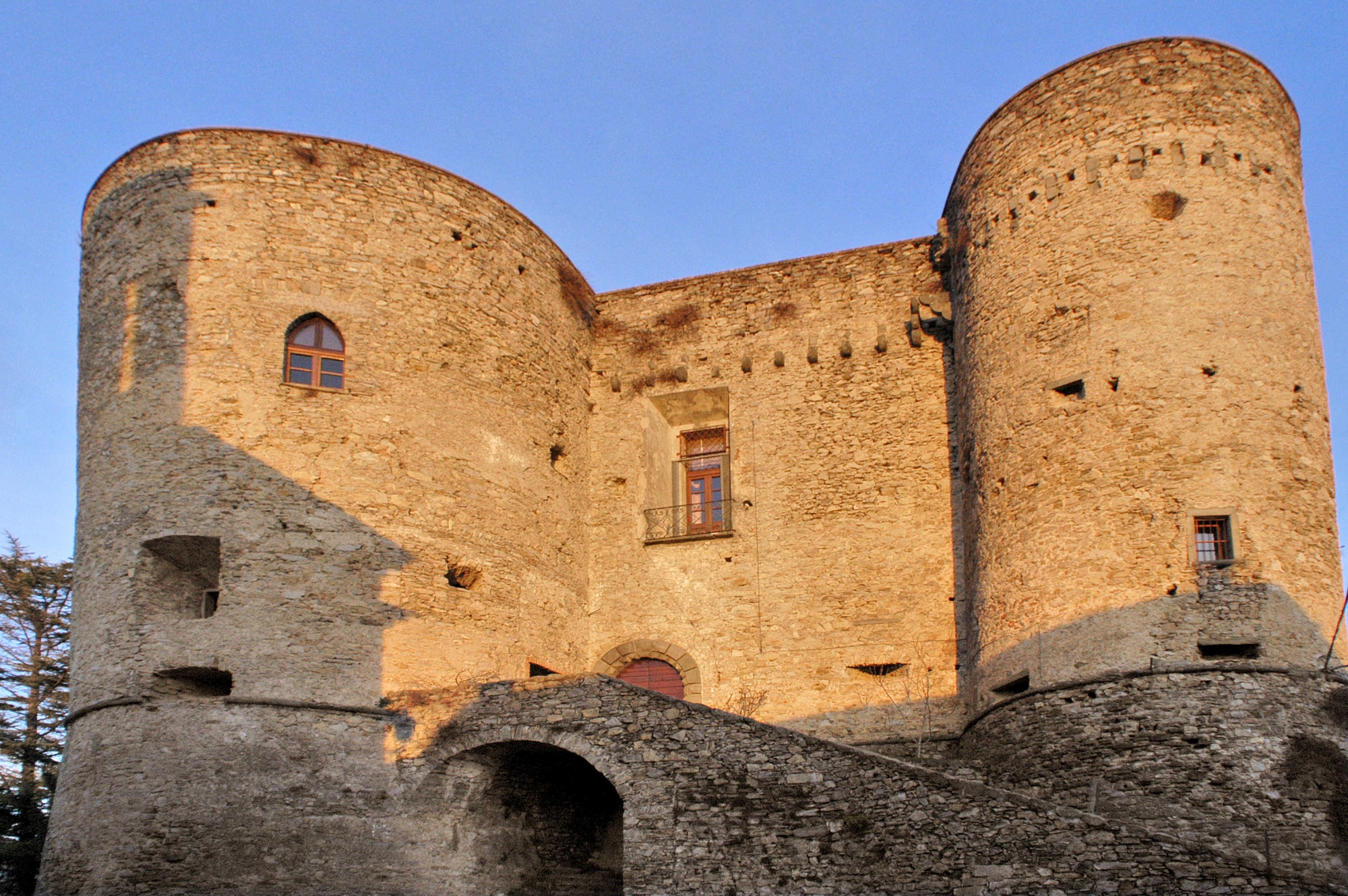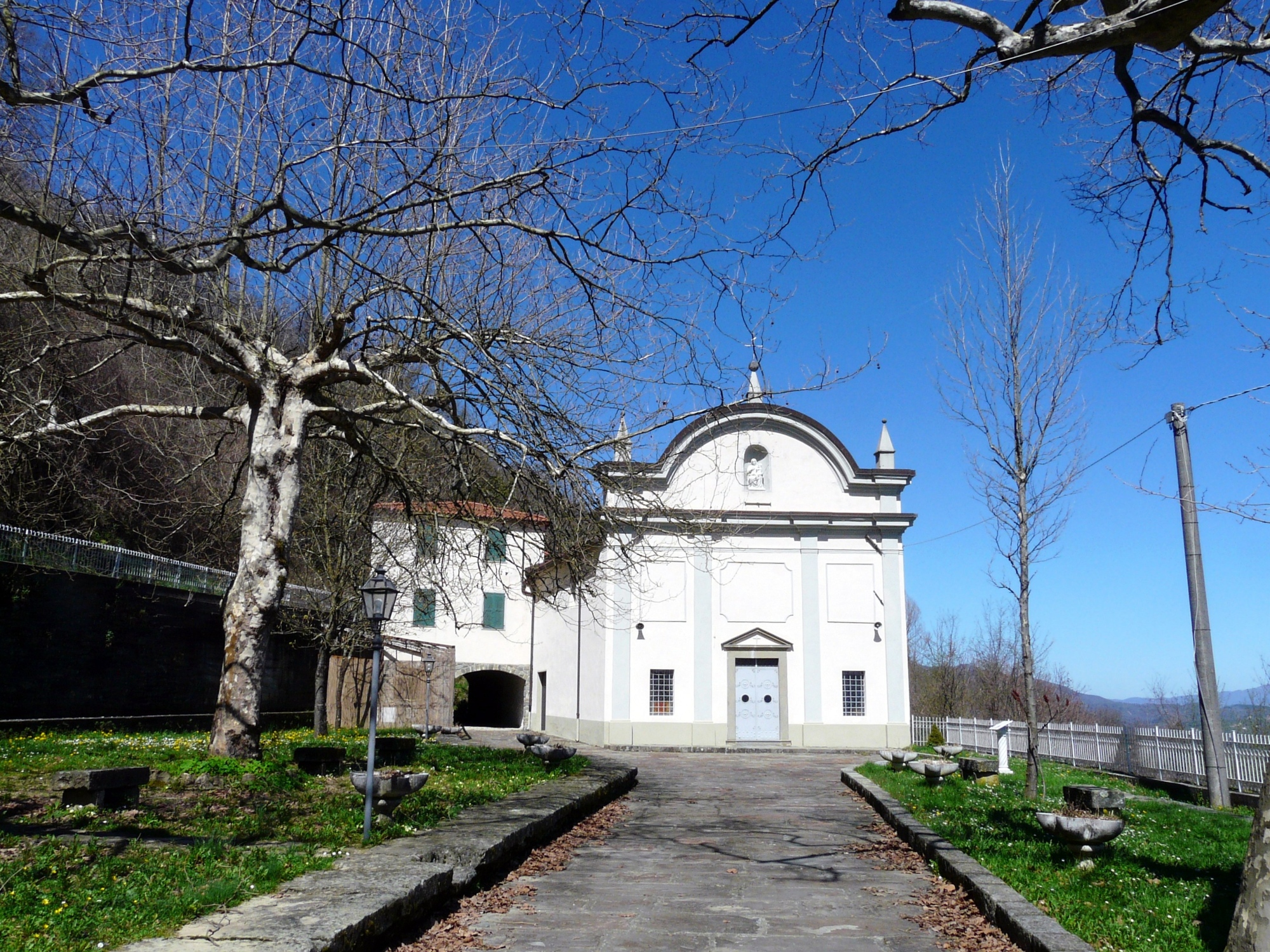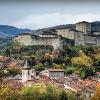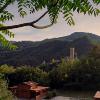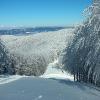A crossroad between Bagnone and Magra valleys, Villafranca in Lunigiana is a medieval village crossed by the Via Francigena. An ancient "Villa Franca" free from tax duties that boasted a truly strategic position, between the roads which that led to Liguria and France and those which reached the peaks of the Apennines and the Po Valley.
The ancient village was dominated by the ancient Malnido castle, dating back to the 12th century, built on a rocky spur to control the road and the crossing of Magra river. The castle was the home of the Malaspina dello Spino Secco family who, despite the division of assets in 1221, when they became lords of the territories on the right bank of the river, claimed the exception of Villafranca in order to enjoy the business and financial advantages of the place.
